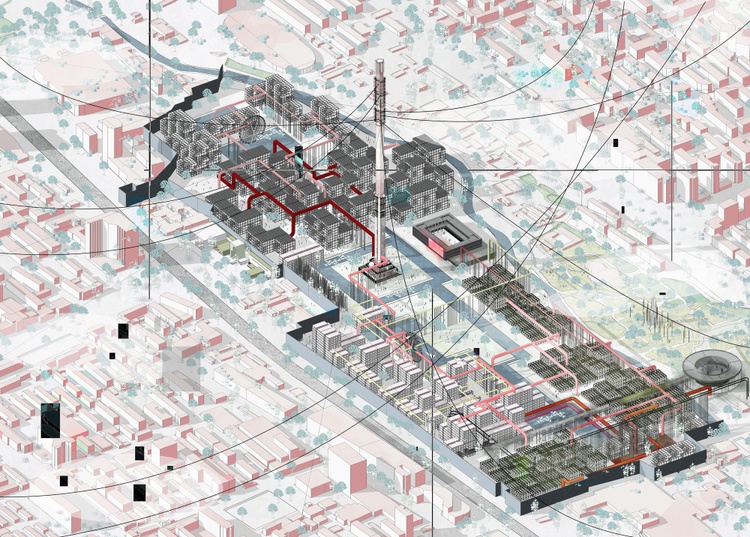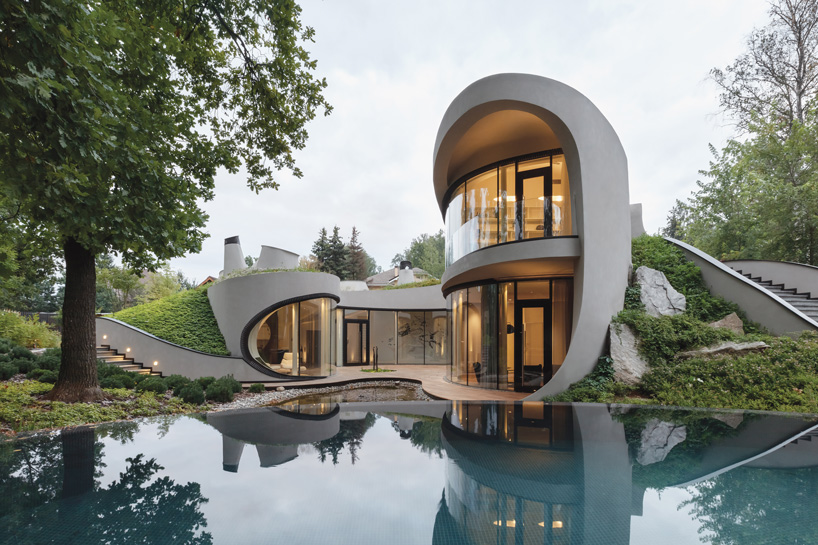Raise Your Structure Style with the Competence of CDA Architects
Raise Your Structure Style with the Competence of CDA Architects
Blog Article
A Detailed Overview of Building Designs and Their Influence on Modern City Preparation and Advancement
Building styles have actually long acted as a mirror to the societal worths and technological improvements of their time, playing a vital role fit contemporary city planning and development. From the splendour of Neoclassicism to the practical strategy of Brutalism, each design has actually presented one-of-a-kind principles that affect city aesthetic appeals and capability. As modern difficulties occur, including sustainability and area demands, comprehending these historical structures comes to be vital. The resulting dialogue not only notifies future design techniques yet additionally raises pertinent questions regarding the equilibrium between heritage and development in our progressing urban landscapes.

Historical Review of Building Designs
Throughout history, building styles have actually progressed in reaction to cultural, technological, and environmental elements. Each duration shows the prevailing worths, ideas, and improvements of its time, bring about an abundant tapestry of style that represents human creativity and adjustment. The ancient human beings, such as the Egyptians and Greeks, developed fundamental designs that highlighted balance and percentage, offering both practical and aesthetic functions.
As societies transitioned via the Center Ages, Gothic style arised, defined by its verticality and complex describing, matching the spiritual ambitions of the age. The Renaissance noted a resurgence of classical perfects, merging art and design in cutting-edge manner ins which affected subsequent designs throughout Europe.
The Industrial Transformation introduced new products and building and construction techniques, prompting activities like Modernism, which challenged standard types and embraced simplicity and performance. The 20th century saw a diversity of designs, with Postmodernism reacting versus the stark minimalism of its precursor, including historic references and eclectic aspects.
Today, architectural designs remain to develop, driven by globalization and sustainability worries, showing a dynamic interaction in between heritage and technology (cda architects). This historical overview highlights the relevance of style as a mirror of societal development and as a catalyst for metropolitan development
Key Architectural Styles Explained
The diversity of building designs reflects the myriad impacts that form our developed atmosphere, each embodying unique features and cultural significances. Trick building designs include Timeless, Gothic, Baroque, Modernism, and Postmodernism, each representing one-of-a-kind historical contexts and aesthetic approaches.
Timeless style, rooted in old Greece and Rome, highlights symmetry, percentage, and using columns. In comparison, Gothic style, prospering in the Middle Ages, is characterized by sharp arcs, ribbed vaults, and flying buttresses, producing a heavenly quality in cathedrals. Baroque style, arising in the 17th century, is noted by splendour, elaborate embellishment, and a dynamic interplay of light and shadow.
Modernism, which got momentum in the very early 20th century, prioritizes function over type, using brand-new materials like steel and glass to create minimalist structures. Postmodernism, responding against the austerity of Modernism, accepts eclecticism and historical recommendation, commonly incorporating lively components and irony.
Understanding these styles gives insight into the cultural narratives and technological improvements of their particular eras, highlighting exactly how style offers not equally as a shelter, however as a representation of societal values and desires.
Effect On Urban Planning
In shaping the advancement of cities, building designs dramatically influence metropolitan planning decisions. The option of architectural design frequently dictates the appearances, performance, and total personality of metropolitan environments.
In addition, architectural styles can impact zoning regulations and land make use of policies. Urban organizers should think about the dominating building patterns when developing districts, making certain that new developments harmonize with existing structures. This consideration cultivates natural metropolitan landscapes and improves neighborhood identification.
The implementation of certain building designs can also affect socioeconomic factors within a city. High-end modern designs may draw in affluent homeowners and companies, leading to gentrification, while much more economical housing options may prioritize useful and lasting styles to fit varied populaces. Eventually, the interaction between architectural designs and urban preparation develops dynamic cities that mirror both historic context and contemporary requirements, shaping the lived experiences of their citizens.
Sustainability and Modern Design

Contemporary architectural motions, such as biophilic design and green architecture, supporter view it for frameworks that balance with their environments, making use of natural materials and advertising biodiversity. These designs commonly incorporate sustainable energy sources, such as photovoltaic panels and wind turbines, to reduce reliance on nonrenewable fuel sources and reduced carbon impacts.
Additionally, the integration of innovative technologies, such as clever structure systems, boosts power management, maximizing resource use while guaranteeing passenger comfort. Cutting-edge water management dig this strategies, including rainwater harvesting and greywater recycling, more add to sustainable metropolitan atmospheres.
Especially, sustainability expands past ecological issues; it includes social and financial dimensions. By promoting area health and advertising inclusivity, contemporary architectural styles align with sustainable advancement objectives. The evolution of architectural techniques continues to shape resistant cities that not just satisfy the requirements of the present but likewise guard the future for generations to come.
Area Involvement in Layout
Neighborhood engagement in design functions as a vital bridge between engineers and the populations they serve, guaranteeing that the developed setting reflects the demands and ambitions of its individuals. This collaborative procedure welcomes community participants to add their insights and preferences, cultivating a feeling of possession and duty towards the areas they inhabit.
Effective community interaction uses numerous techniques, such as workshops, surveys, and public forums, to collect varied perspectives. These approaches help with a two-way discussion, permitting architects to recognize regional contexts while equipping residents to voice their issues and desires. This inclusivity not just boosts the design quality yet additionally advertises social equity by attending to the one-of-a-kind obstacles encountered by marginalized groups.
Moreover, community interaction can lead to cutting-edge services that might not emerge in a typical style process. By incorporating regional knowledge and cultural values, architects can create rooms that resonate even more deeply with customers, enhancing usability and sustainability. Ultimately, focusing on area interaction in layout procedures causes atmospheres that nurture social communications, assistance wellness, and enhance area connections, thereby playing an essential duty fit contemporary metropolitan landscapes.
Final Thought
Architectural styles Web Site have profoundly affected modern-day city preparation and development, showing developing social and technical contexts. As cities continue to grow and adapt, the ongoing dialogue in between building heritage and modern style concepts will stay crucial in producing comprehensive, vivid areas that boost high quality of life and promote social equity.
Report this page